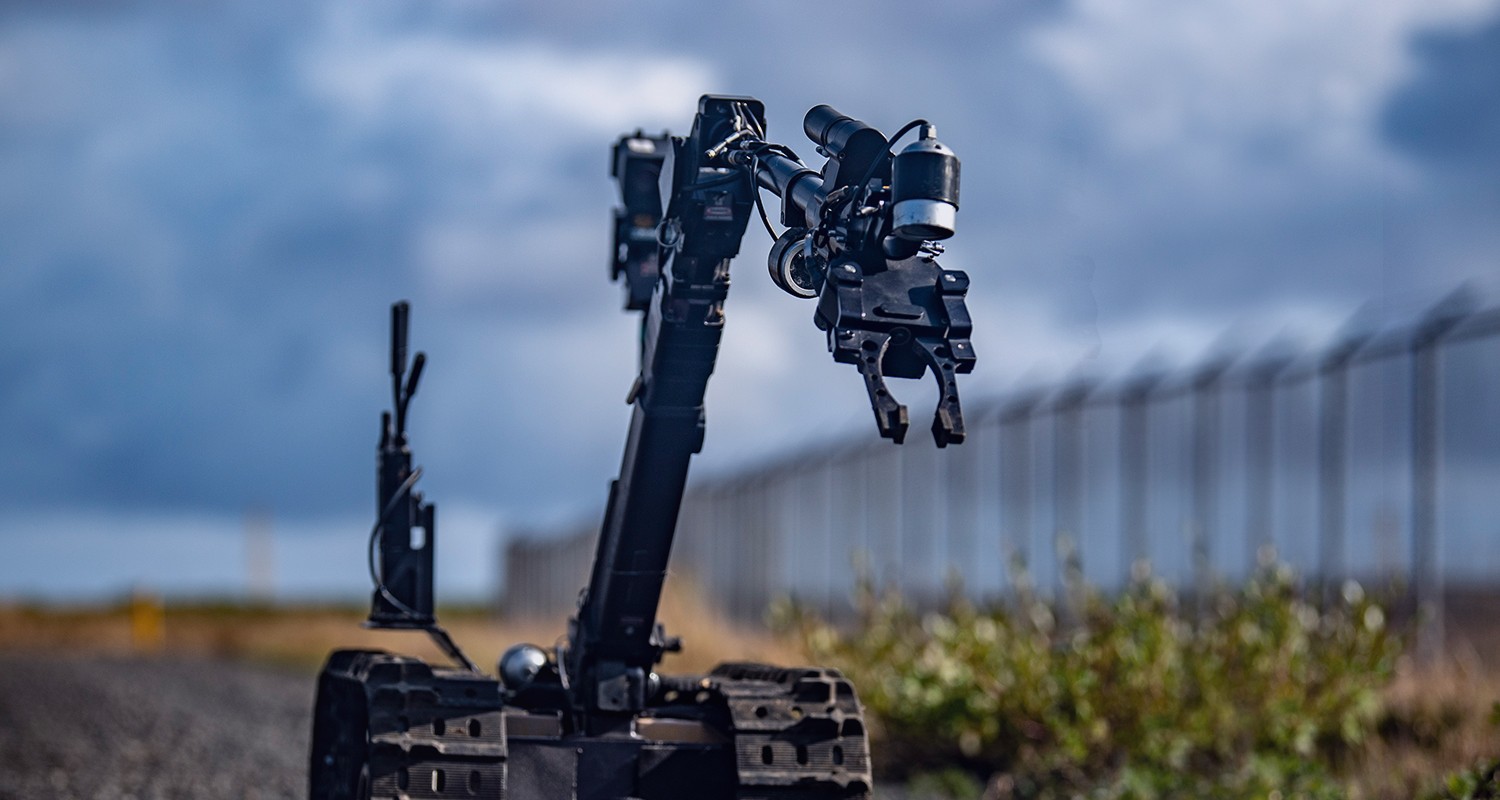A swarm of heterogeneous robots for aerial and land environments are deployed to a high risk area and work cooperatively to detect Improvised Explosive Devices (IEDs) that are hidden, buried or on the surface. No, this is not the latest sci-fi movie but present reality.
-
In defence, the safe, reliable and efficient detection of conventional and non-conventional explosive devices in high risk areas is of paramount importance. Space Applications Services is leading a research project dubbed ‘Artificial Intelligence for Detection of Explosive Devices’ (AIDED), supported by the European Defence Agency under the Preparatory Action on Defence Research.
AIDED project uses state-of-the-art AI algorithms to pinpoint improvised explosive devices and buried mines. These algorithms hold two major affordances. They autonomously plan offline and run-time missions plans. They also provide positioning, navigation and mapping to control a fleet of robots that cooperate quickly to identify safe passage in a high-risk area.
Machine learning techniques are designed and trained using simulated and outdoor data sets using sensor data from Ground Penetrating Radar, Electromagnetic Induction array, infrared cameras and Laser Induced Breakdown Spectroscopy. This data is fused to improve the overall confidence of detection and classification of IEDs by removing outliers and reducing false detection.
Commenting on AIDED, the project coordinator of AIDED from Space Applications Services, Shashank Govindaraj said, “AIDED aims to evaluate AI solutions by demonstrating it in a critical defence application – IED detection and classification. This is a major and evolving threat in forward deployments of EU and NATO troops. The application of AI/ML across almost all aspects related to IED detection & classification, robotics perception and multi-agent planning is a disruptive approach to address this critical issue in EU defence.”
News/SpaceApps/Communications & MediaRuth Chatukuta
